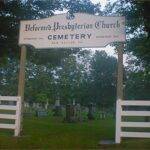Showing 1-1 of 1 Books

Find a Grave – Reformed Presbyterian...
The Covenanter or Reformed Presbyerian Church was established in 1807 under the leadership of Rev. Mathew Williams. The first church...
Website